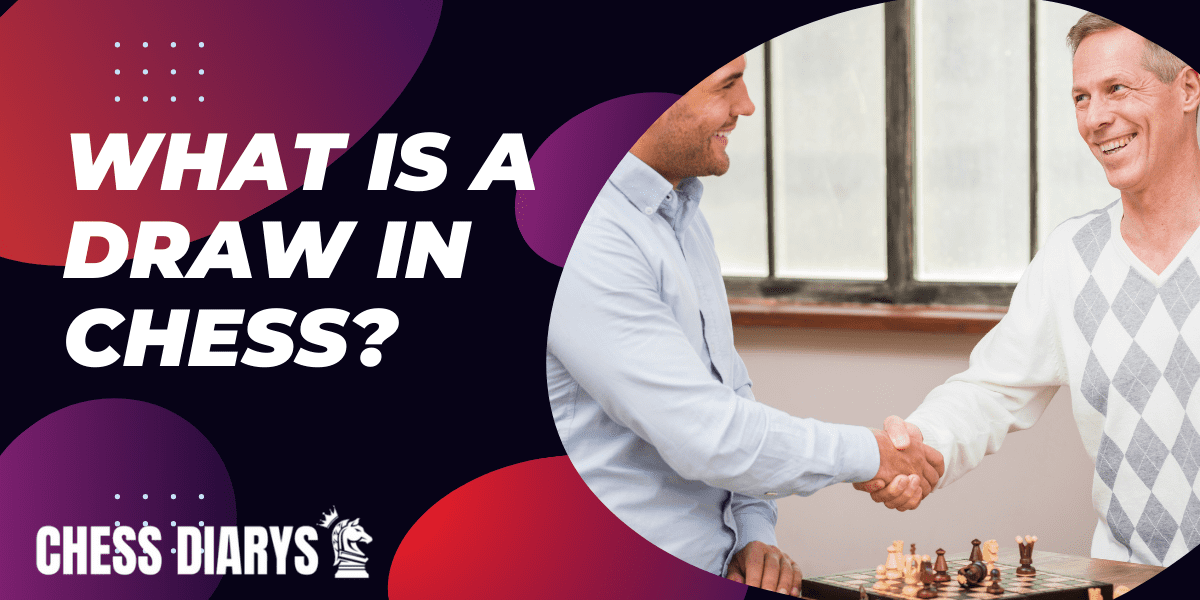Chess is a game of strategy, and there are instances or matches wherein one does not encounter an outright loss or win. Sometimes, neither wins the game, and the game results in a draw. But then, what exactly is a draw in chess? A draw is a chess situation wherein neither player has the potential to checkmate the opponent’s king; the result is a tie. Knowing the kinds of draws will help you with an enhanced chess strategy and prevent losses that are not needed.
Stalemate:
A stalemate is when a player has no legal moves to play while their king is not under check. This position is one of a draw, simply because the player can’t move out without placing their king under check, which is an illegal move.
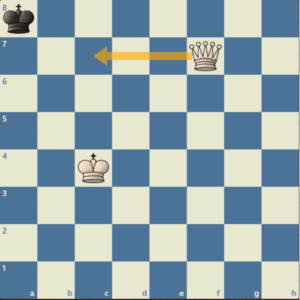
Stalemate
Dead Position:
A dead position arises whenever neither player has enough material to checkmate the opponent’s king. For example, if there are only kings on the board, checkmate cannot be given, hence the draw in such a case.
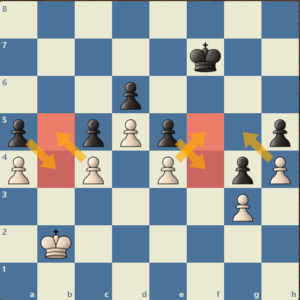
Dead Position
Agreement:
Players can agree on a draw at any stage of the game. It is mostly agreed upon when both players felt neither has any significant advantage or, in another way, is when the position on the board is equal. A draw by mutual agreement is among the common outcomes in high level chess.
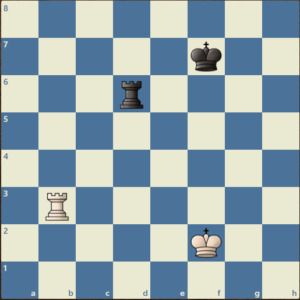
Agreement
Threefold Repetition:
If, in the course of the same game, the same position occurs three times, and if each time the same player is to move, then either player can claim this position as a draw. This will prevent an endless repetition of moves to force the game to progress.
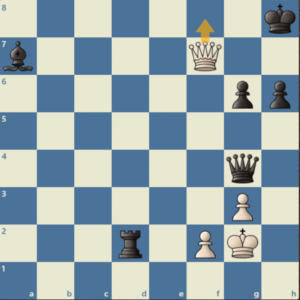
Threefold Repetition
50-Move Rule:
The 50-move rule states that a draw can be claimed by either player if no pawn move or capture has been made in the last 50 moves. This was developed to prevent games from continuing interminably with no possibility of checkmate..
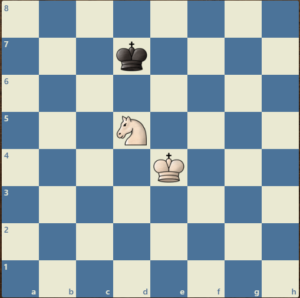
50-Move Rule
Conclusion
Knowing what is considered a draw in chess will be handy for every player. Knowing its types will save you from losing some games that should have been drawn. Whether it be stalemate, dead position, mutual agreement, threefold repetition, or the 50-move rule-being aware of these possibilities will make a huge difference in your chess strategy. Thus, in any tight spot, there is always the option to draw.


